Obra
Opera
23.06.1996
Granada

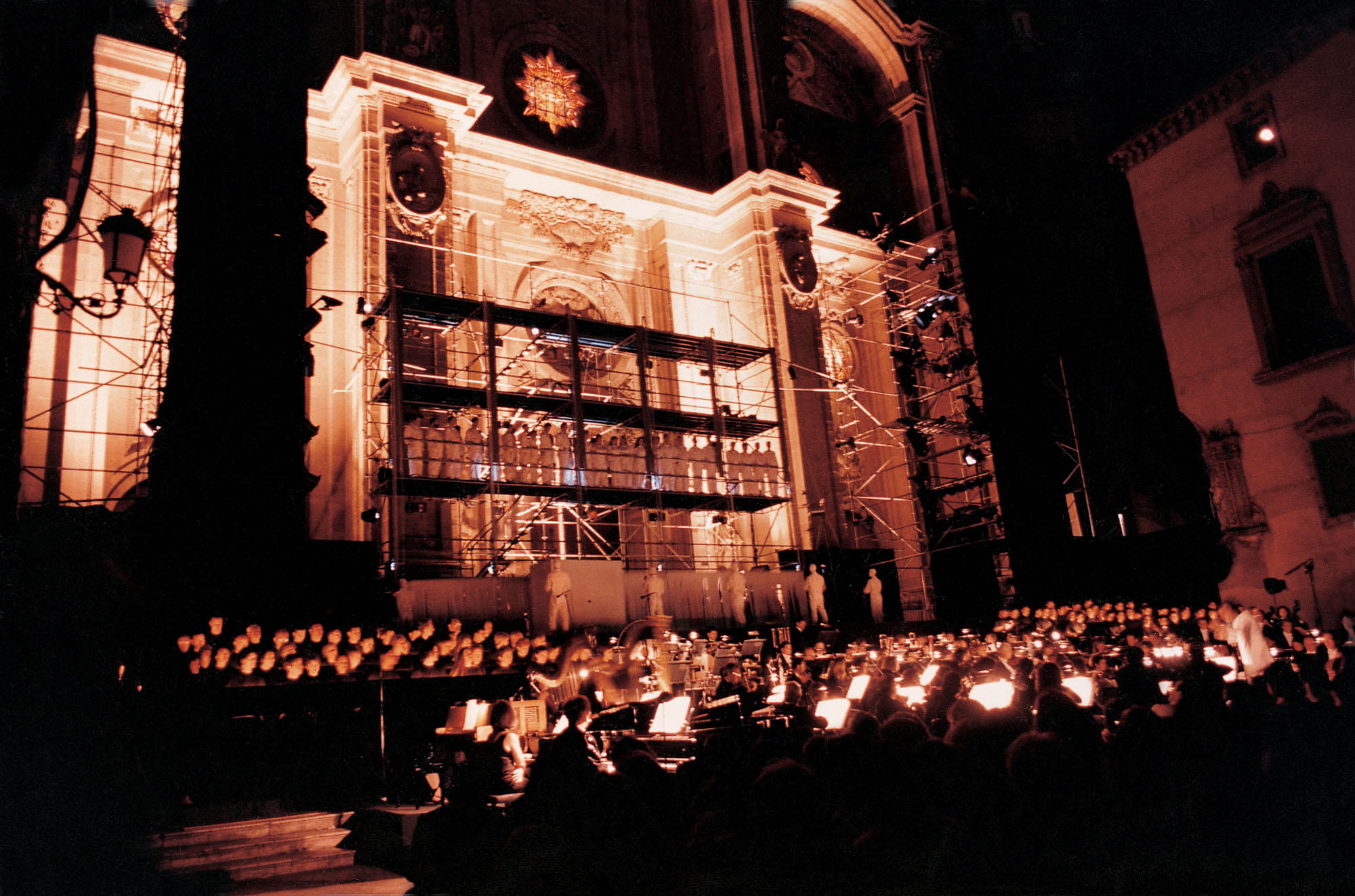
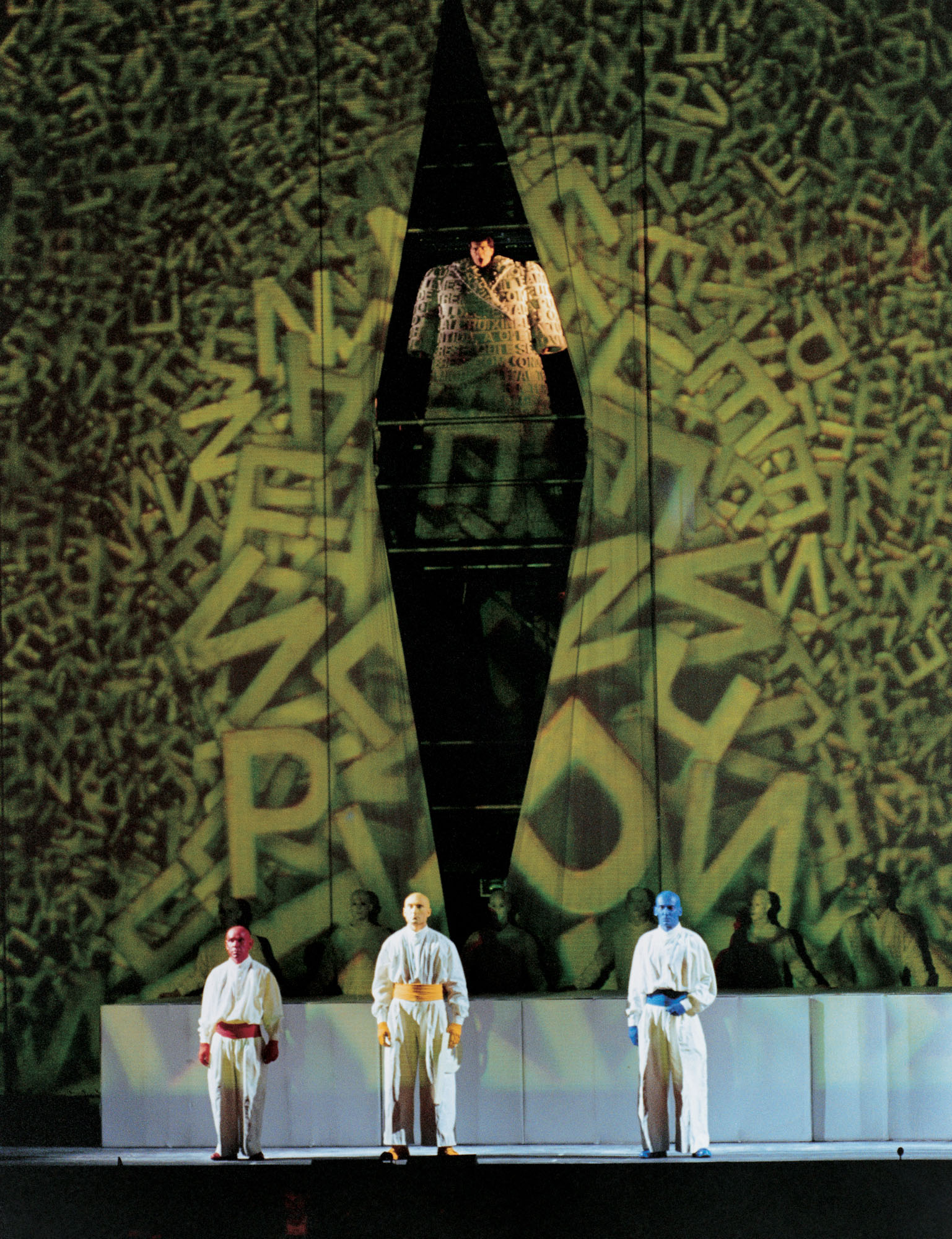
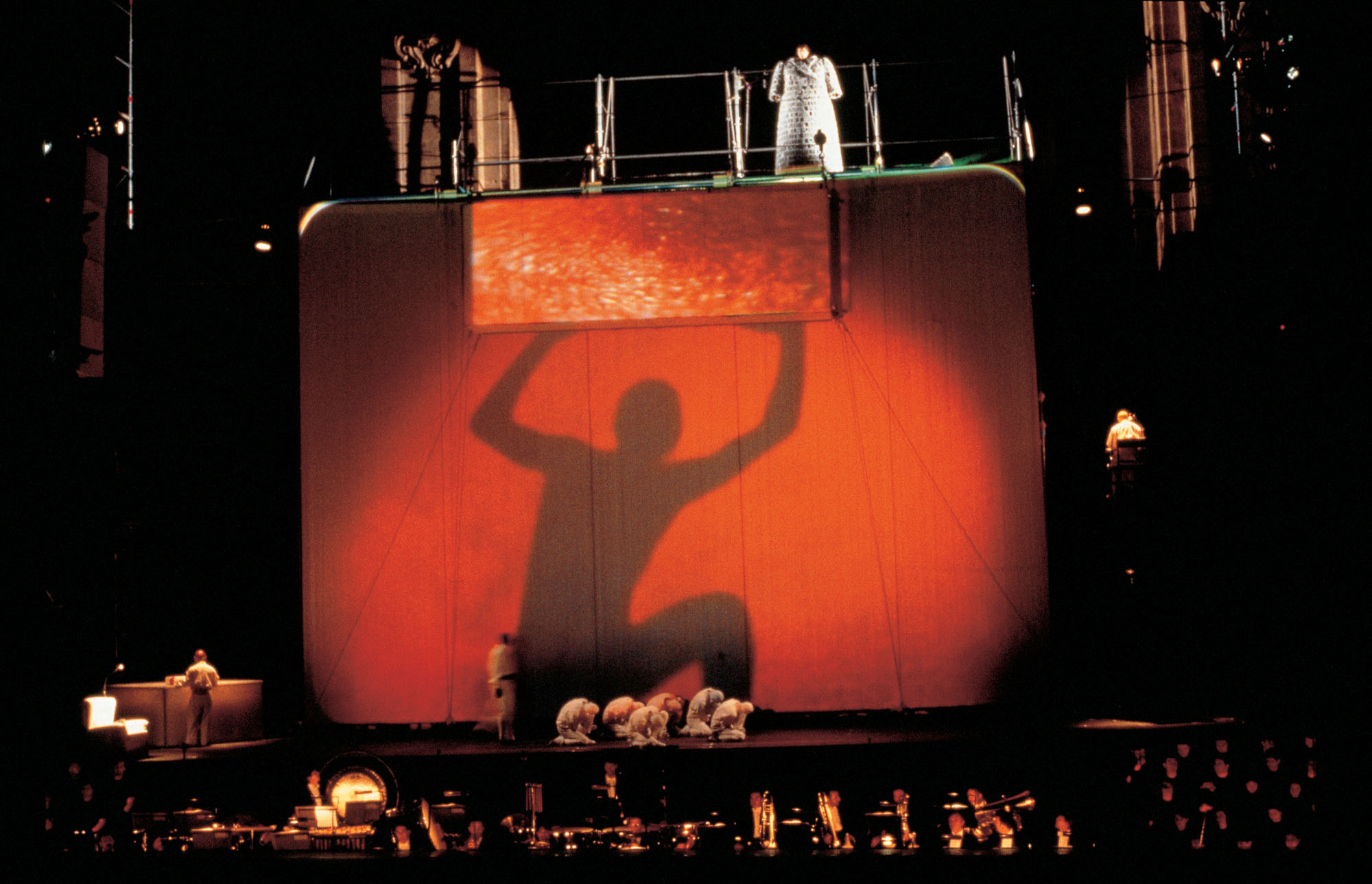
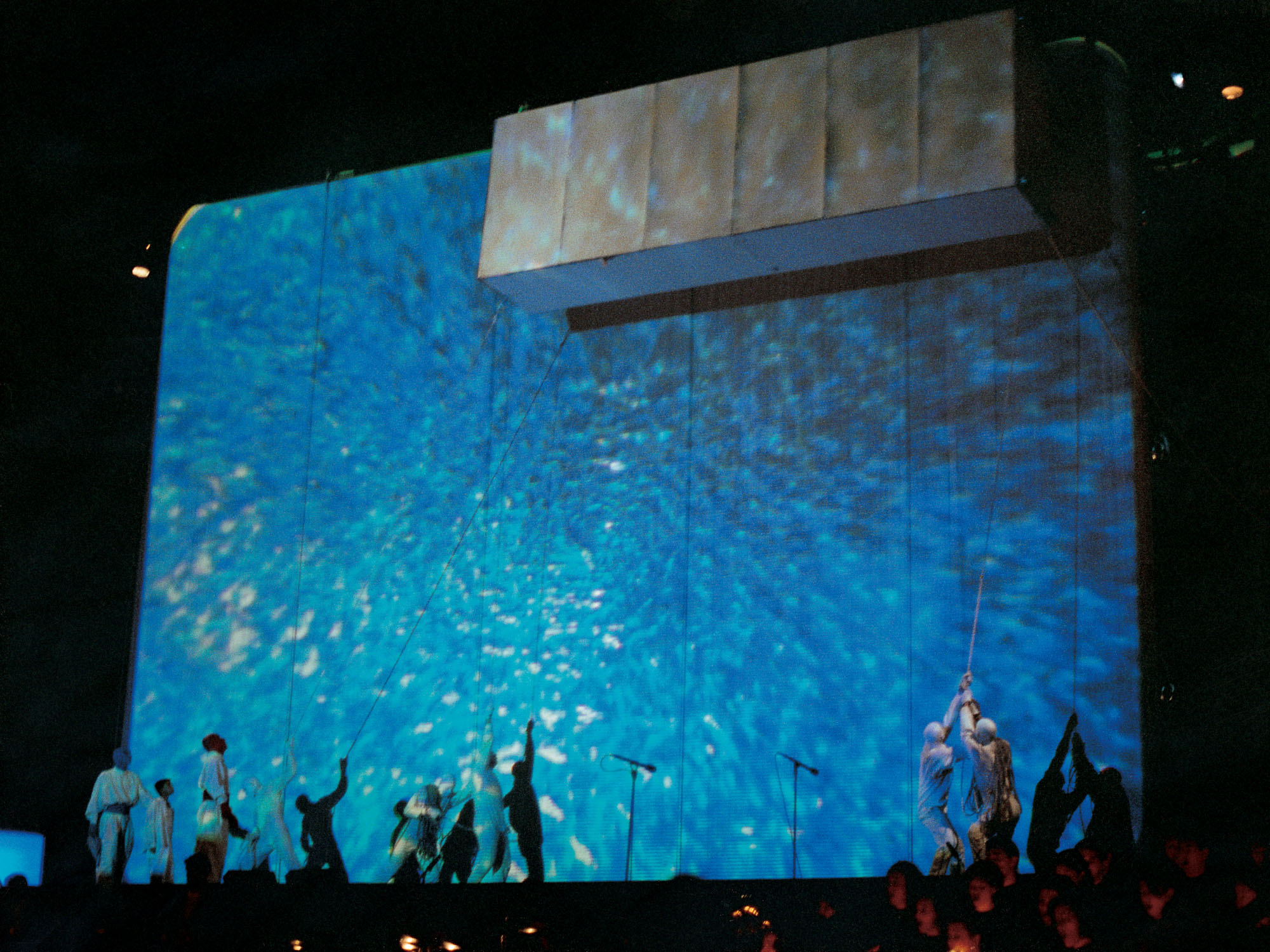

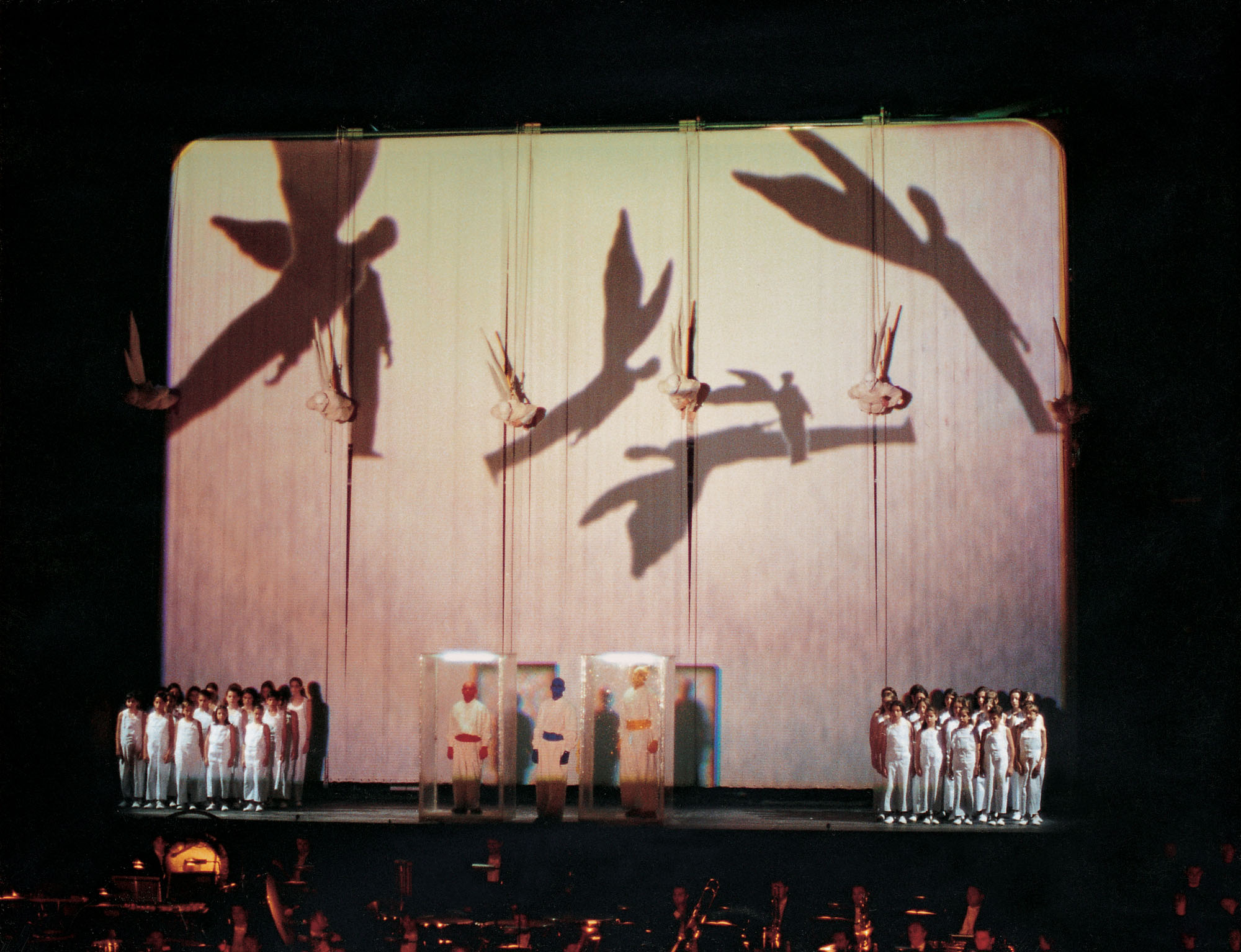

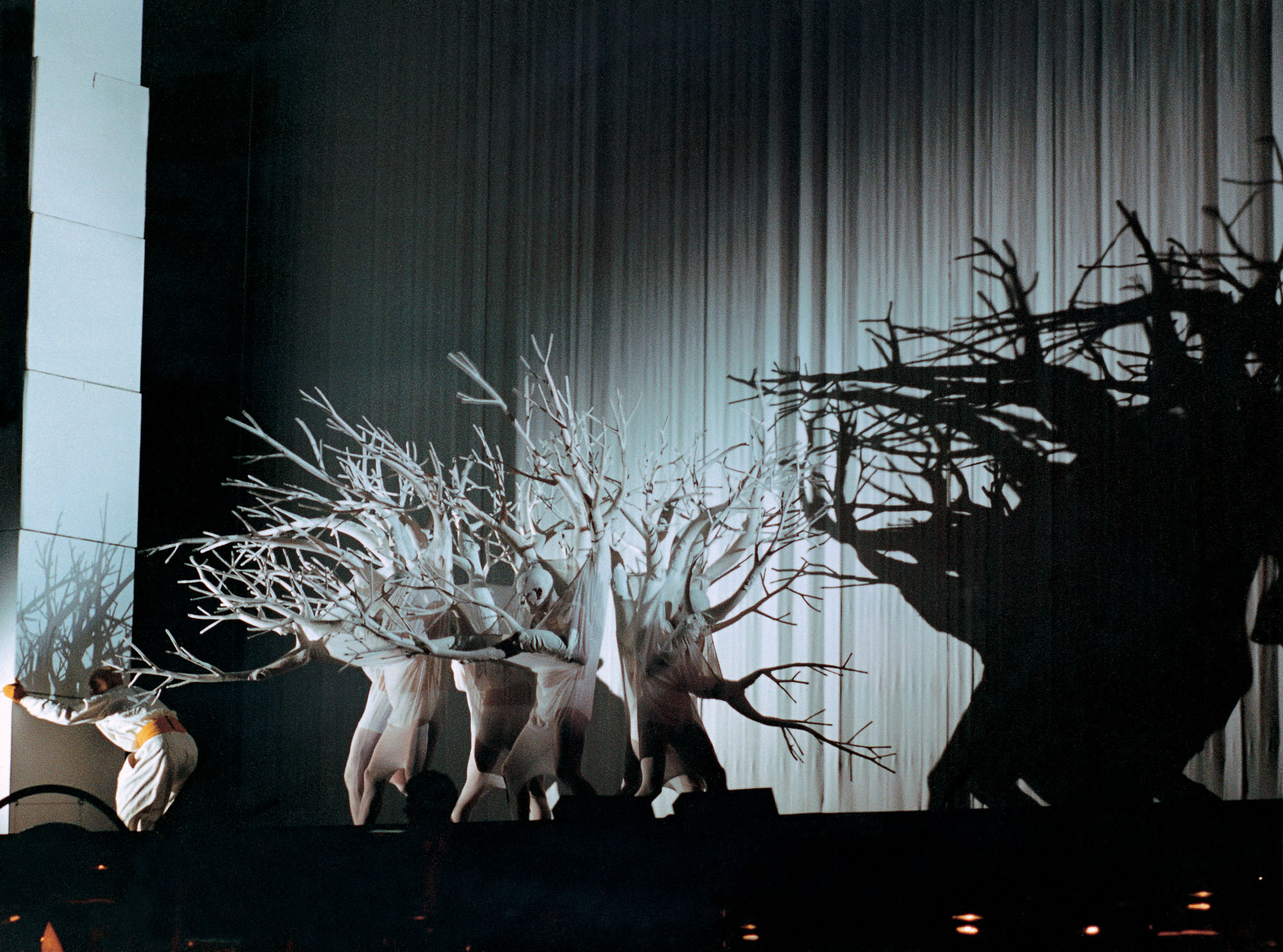
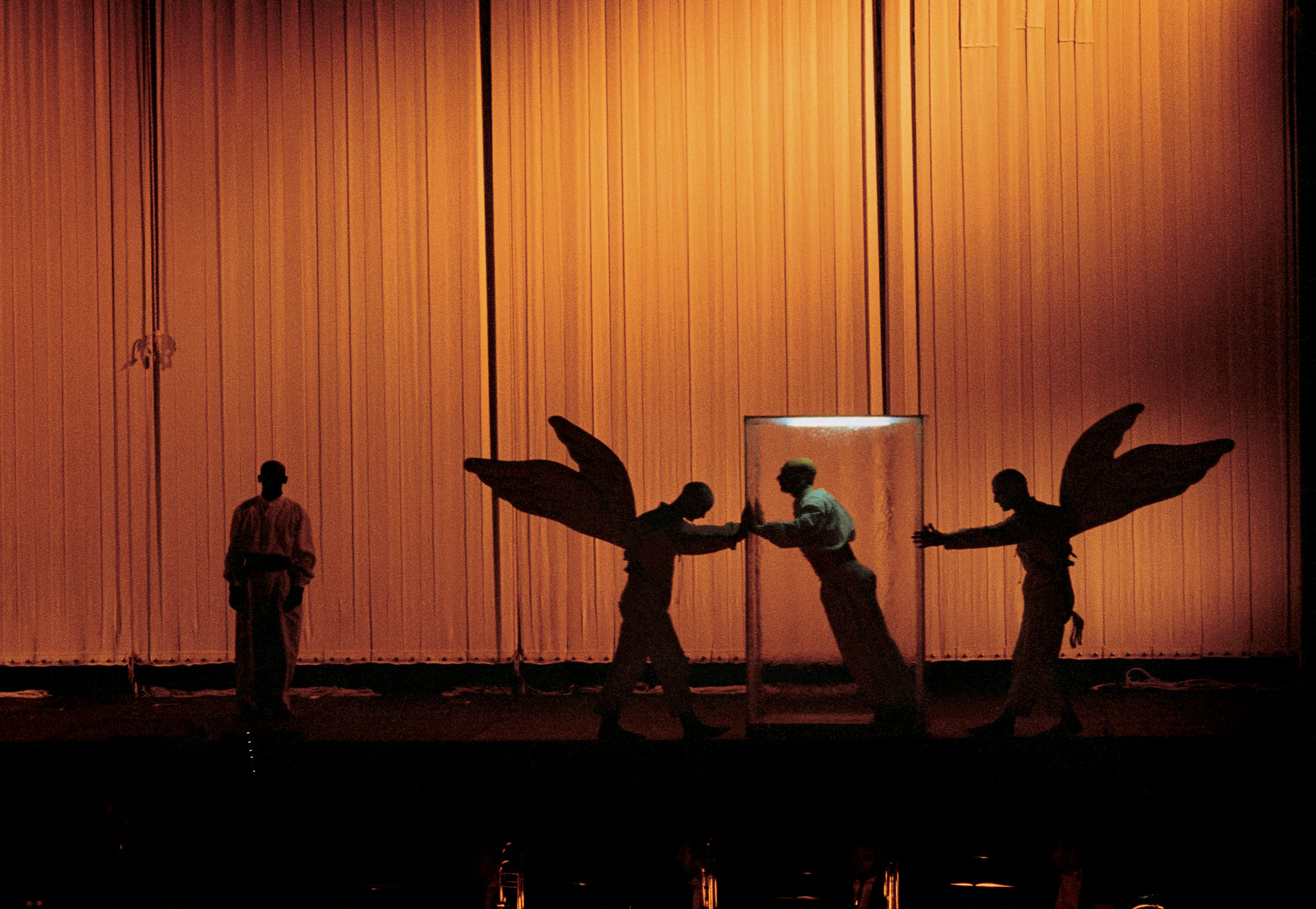
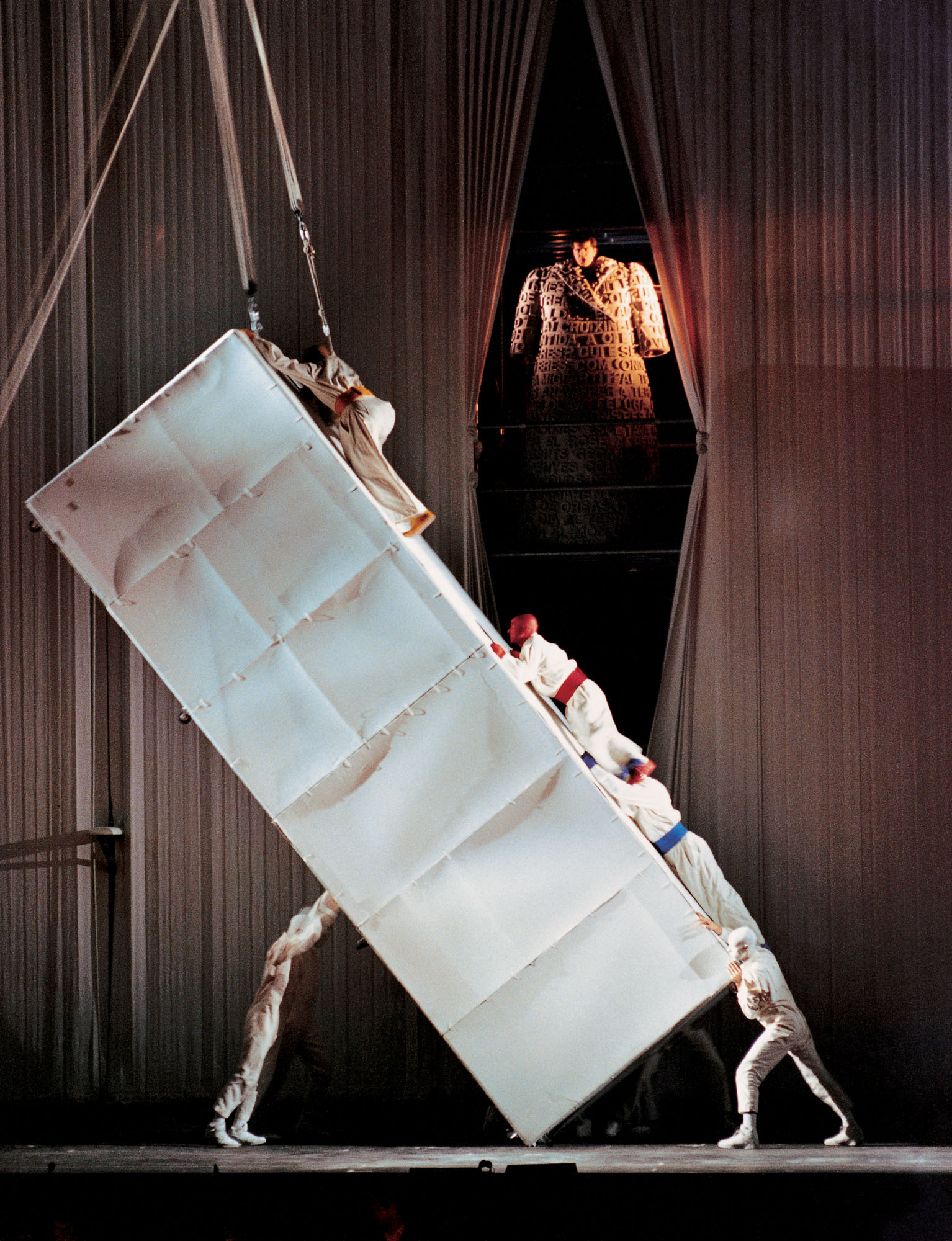
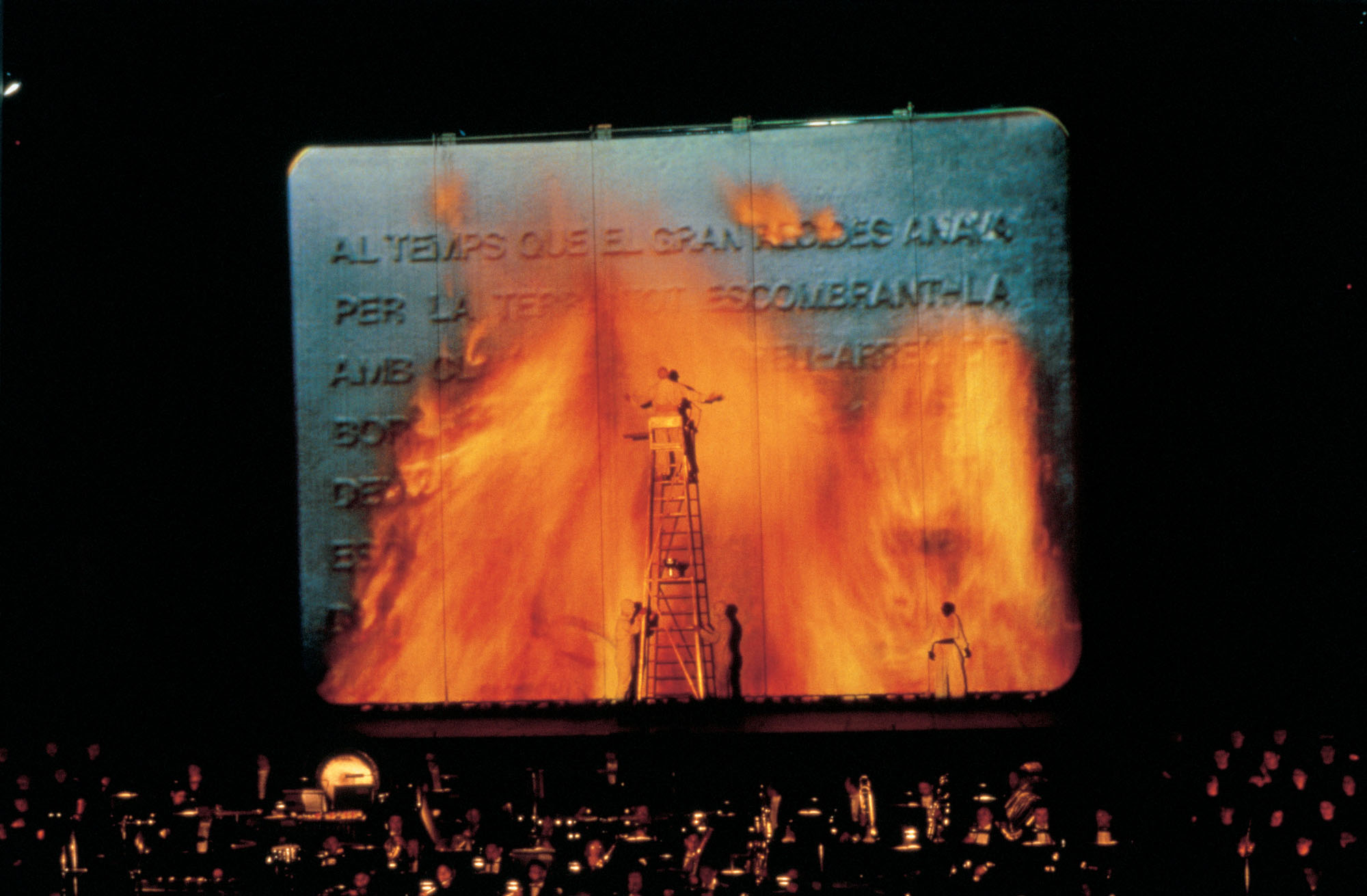
La Atlántida belongs to that rare category of works that go through different ups and downs over a long period of time until they find their place in history. Manuel de Falla left La Atlántida unfinished when he died. Its score was in various stages of development, from a totally definitive Prologue to a confused second part, in which some parts were fully orchestrated and others only sketched. Years after Falla’s death, his family and the editor (publishing house?) Ricordi commissioned Ernesto Halffter to finish La Atlántida, and it was finally premiered in Barcelona in 1961 as a concert and in La Scala in Milan in 1962 as a theatrical production. But it wasn’t until fifteen years later when Halffter actually considered the work complete according to the guidelines originally left by Falla. This new version premiered in the Festival of Lucerna in 1976.
La Atlántida is organized as a vast oratorio that combines Jacint Verdaguer’s Catalan texts of the same name with other religious texts in Latin and Spanish. This combination of original music and pre-existing texts contains a rich set of symbols. The original meaning of La Atlántida, which ties together the myth of the sunken continent with the adventure of the discovery, in the name of Catholicism, of America, is further enriched by those who see in it a metaphor for a sunken Europe (not forgetting the historical period in which Falla conceived it) and the resurgence of a new, ambitious, united Spain. In their theatrical adaptation La Fura dels Baus proposes a new plot thread that deals with the work’s own eventful journey through history and reunites its three great creators, Falla, Verdaguer, and Sert. Sert convinced Falla
of the need to transform the La Atlántida into an opera and committed himself to creating the scenography for the premiere, that never took place during their lives. Falla, Verdaguer and Sert appear in this Atlántida as three characters who attend a performance of the work while it develops; who watch it as they create it, without realizing that they are trapped within it just like the other characters.
Música
Manuel de Falla (1876-1946), completada por Ernesto Halffter (1905-1990).
Libreto
Manuel de Falla, basado en el poema homónimo de Jacint Verdaguer (1845-1902).
Versión escénica
La Fura dels Baus, Jaume Plensa.
Dirección escénica
Àlex Ollé, Carlos Padrissa
(La Fura dels Baus).
Escenografía
Jaume Plensa, Carlos Padrissa.
Dirección musical
Josep Pons
Diseño de vestuario y atrezzo
Jaume Plensa
Creación y realización vídeo
Franc Aleu.
Movimiento escénico
Sabine Dahrendorf
Diseño de iluminación
Quico Gutiérrez
Ayudante dirección
José Antonio Gutiérrez
Reparto
Manuel Lanza (Corifeo), Josefina Brivio (Pirene), Virginia Parramón (Isabel),
Joan Cabero, Francisco Vas y Ángel Ódena (Tricéfalo), Estrella Estévez (Maia),
Pilar Jurado (Aretusa), Silvia Tro (Caleno). Margarida Lladó (Eriteia), Mª Luisa Maesso (Electra), Svetlana Sidorova (Esperetusa), Montserrat Torruella (Alcione), Mariola Cantarero (Dama de corte), Luis Alberto Ibáñez (Infante), Moni Herreros (Paje).
Orquestra Simfònica de Barcelona – Nacional de Catalunya. Cor de València y Orfeó Navarro Reverter, Francisco Perales (director). Coro de la Presentación, de Granada, Elena Peinado (directora).
Actores
Xavier Capdet, Ricardo Moya, Vidi Vidal.
Bailarines – maquinistas
Ferran Carvajal, Mario García, Pere Gener, Sergio Faustino, Abraham Hurtado, Ricardo Salas.
Producción
Diseño de producción: Salvador Pons.
Coordinador de la producción: Lina Valero.
Producción técnica: Violeta Segura.
Colaboradores
Confección del vestuario: Caterine Verdier.
Construcción del atrezzo: Alberto Pastor, Lluís Traveria, Caterine Verdier.
Construcción elementos escenográficos: Simeó Ubach.
Construcción de la cascada: Xesco Morros.
Técnicos
Regidor: Kiko Selma.
Ayudante de regiduría: Cristina Sánchez.
Técnicos de escenario: Carles Bertolín, Alberto Pastor.
Caracterización: Esther Ortega.
Vestuario: Begoña Simón, Rosa Solé.
Estreno
23/6/96, en la plaza de las Pasiegas, Granada.
Representaciones
4
Un espectáculo producido por el Festival Internacional de Música y Danza de Granada y por la Sociedad General de Autores y Editores, en el marco del Homenaje Internacional a Manuel de Falla; con la colaboración de AVIACO.
The company’s first incursion into the world of opera. The stage cantata La Atlántida, by Manuel de Falla, was representing using a completely innovative dramaturgy and staging, created in collaboration with Jaume Plensa.